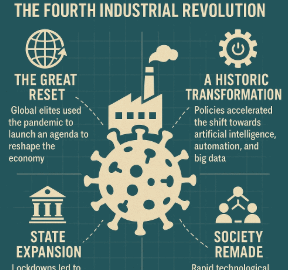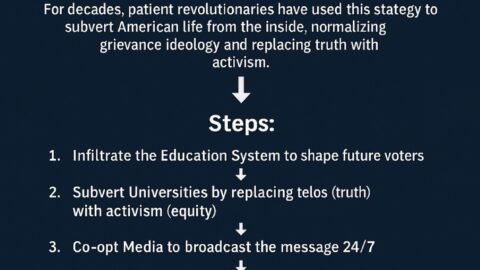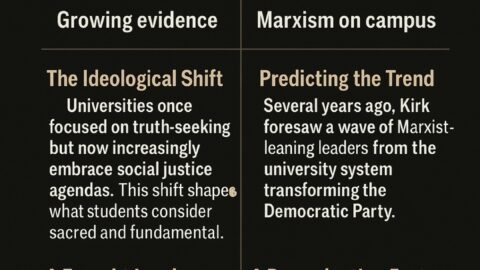The contrast between Justice & Liberty versus Law & Order represents one of the most crucial philosophical divides in any society. Though often used interchangeably, these concepts serve very different masters — and confusing them has enabled everything from tyrannical regimes to the erosion of constitutional rights.
Here’s a breakdown:
JUSTICE & LIBERTY
Moral Foundation: Natural Law / Higher Law / Inalienable Rights
Purpose:
- To protect individual rights, especially from unjust power
- To ensure fairness, accountability, and moral integrity
- To liberate the innocent and restrain the corrupt — even when they hold power
Key Traits:
- Conscience-centered: guided by principles, not just rules
- Truth-seeking: aims for outcomes aligned with moral rightness
- Checks power: even governments and police must be accountable
- Individual liberty prioritized: protects speech, privacy, property, and conscience
- Judges and officers serve people, not the state
Foundational Thinkers:
- Frederic Bastiat: Law must protect life, liberty, and property—not violate it.
- John Locke: Governments exist to secure rights, not rule men.
- Martin Luther King Jr.: “An unjust law is no law at all.” (echoing St. Augustine)
LAW & ORDER
Moral Foundation: Legal Positivism / State Authority / Social Control
Purpose:
- To maintain control and predictability
- To enforce compliance with codified laws and directives
- To prevent chaos, even at the expense of freedom
Key Traits:
- Obedience-centered: right and wrong are defined by legality, not morality
- Rule-bound: enforcement often ignores context, conscience, or justice
- Protects the system: even if the system is corrupt
- Collective order prioritized: individual rights can be suspended “for the greater good”
- Officers serve the state or its statutes, not necessarily the people
Foundational Thinkers:
- Thomas Hobbes: Strong government is needed to suppress chaos.
- Legal Positivists: Law is valid because it is enacted—not because it is moral.
- Totalitarian regimes: Frequently use “law and order” to suppress dissent.
KEY DIFFERENCES IN PRACTICE
| Situation | Justice & Liberty | Law & Order |
|---|---|---|
| A man breaks a law to save a life | Values the act of saving life | Still punishes him for breaking the law |
| Peaceful protest against injustice | Protected as free speech | Crushed if it threatens the status quo |
| A corrupt law is challenged | Encourages reform | Demands obedience regardless |
| Individual rights vs. national security | Rights are inalienable | Rights can be suspended “for safety” |
| Officer’s role | Guardian of rights | Enforcer of rules |
DANGER: When Law & Order Replaces Justice & Liberty
When a society elevates Law & Order above Justice & Liberty:
- Obedience replaces morality
- Fear replaces freedom
- Statism replaces conscience
- Legalism justifies tyranny
As Albert Einstein said:
“Blind obedience to authority is the greatest enemy of the truth.”
And Martin Luther King Jr. warned:
“We should never forget that everything Adolf Hitler did in Germany was ‘legal.’”
Ideal Relationship:
Law should be a servant of justice, not a weapon against liberty.
- Law + Conscience = Justice
- Law – Conscience = Tyranny







